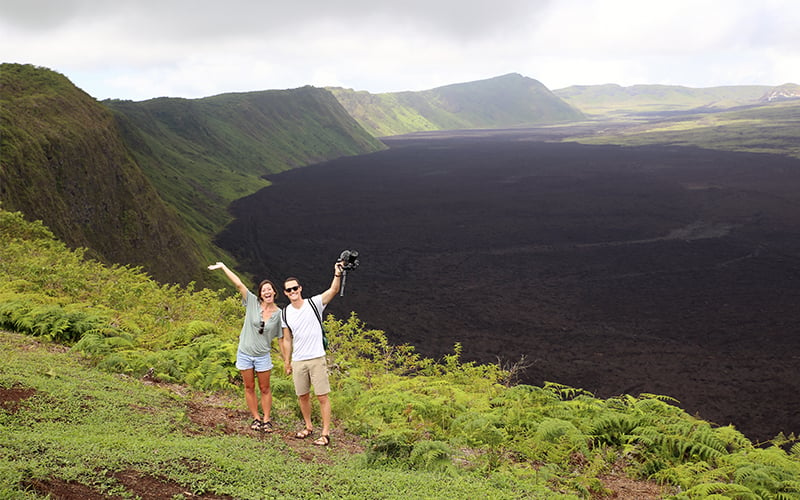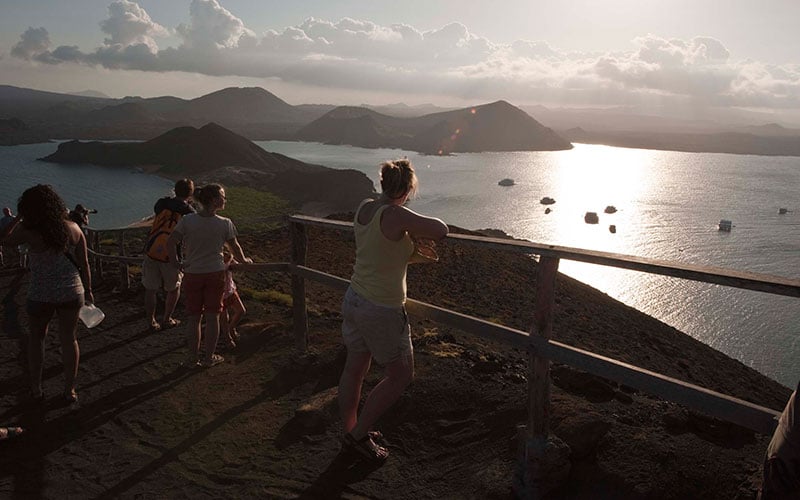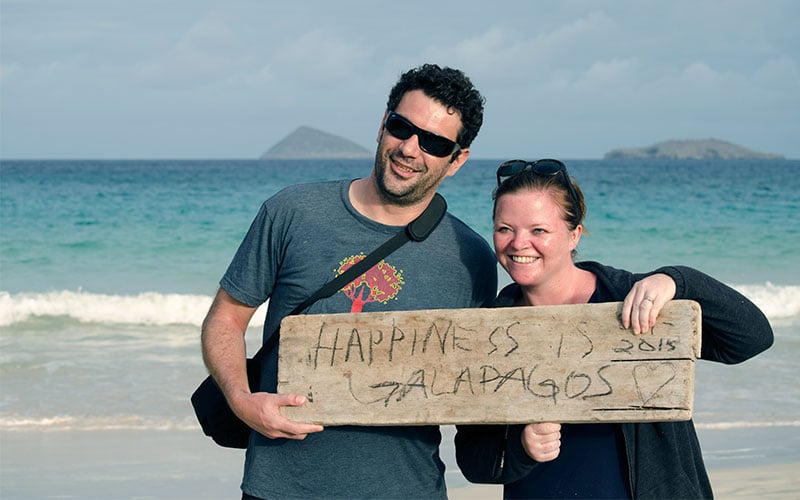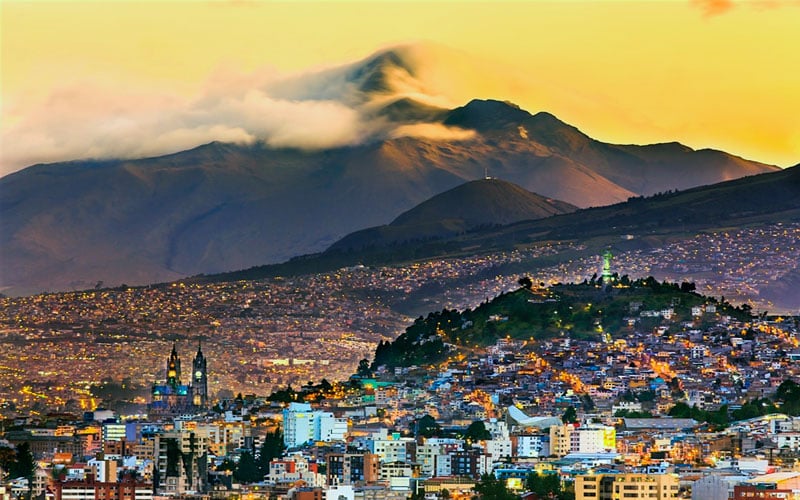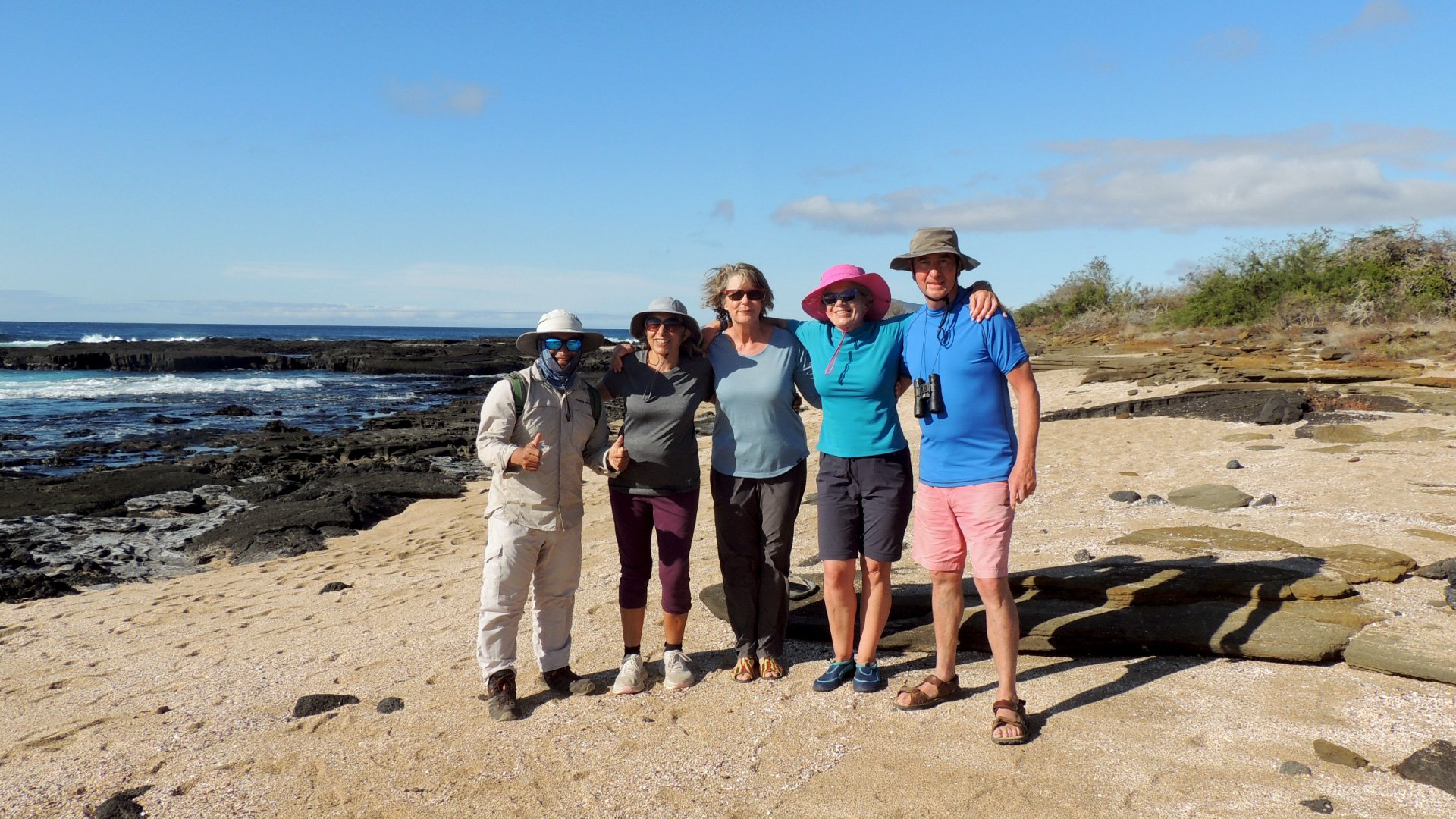
CURRENT NEWS
Discover the latest updates from the Galapagos Islands. keep informed about travel advisories, and local events that could impact your journey

June is an ideal month to spot the amazing wildlife of the Galapagos. The drier landscape makes it easier to see birds and animals in their natural habitat.
June is an ideal month to spot the amazing wildlife of the Galapagos. The drier landscape makes it easier to see birds and animals in their natural habitat.
GALAPAGOS ISLANDS
Explore Galápagos like never before! Visit our blog for the latest travel tips, island news, and unforgettable experiences. Dive in now!
FOLLOW US FOR THE LATEST UPDATES
AND EXCLUSIVE CONTENT!
FOLLOW US FOR THE LATEST UPDATES
AND EXCLUSIVE CONTENT!
@galapagostravelcenter
ECUADOR
Embark on an unforgettable journey to Ecuador, where diverse landscapes and vibrant cultures await!. Dive into our Ecuador section to uncover hidden gems, travel tips, and must-see destinations. Explore Ecuador and let it captivate your wanderlust!
The World’s #1
Direct Seller of Galapagos Tours
The World’s #1
Direct Seller of Galapagos Tours
Explore the Galapagos Islands with one of our amazing tours. Cruise, Scuba Dive, island hop, stay in a hotel and explore nearby islands — choose how you want to experience the Islands! Don’t forget, Galapagos Travel Center is here to help you customize your perfect trip.
SUDAMERICA
Venture into the heart of South America, where adventure and beauty intertwine across diverse landscapes. From the majestic Andes and vibrant cities to the lush rainforests and ancient ruins, South America promises a journey filled with excitement and discovery.
CONTACT THE GALAPAGOS EXPERTS
1-877-260-5552
0800-098-8940
593-2-6009-554





